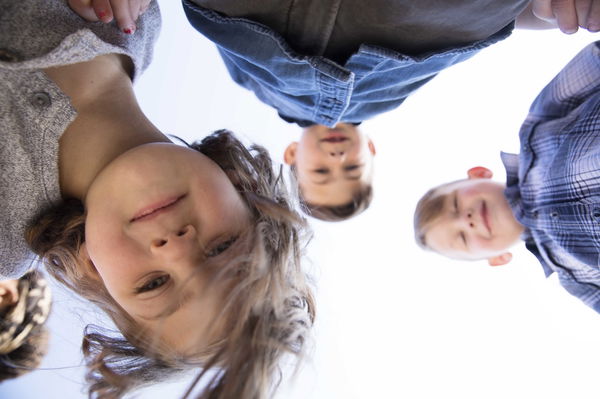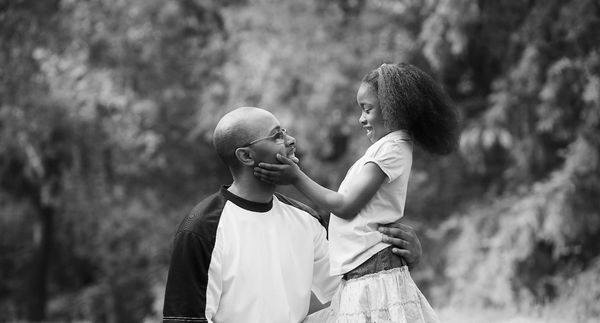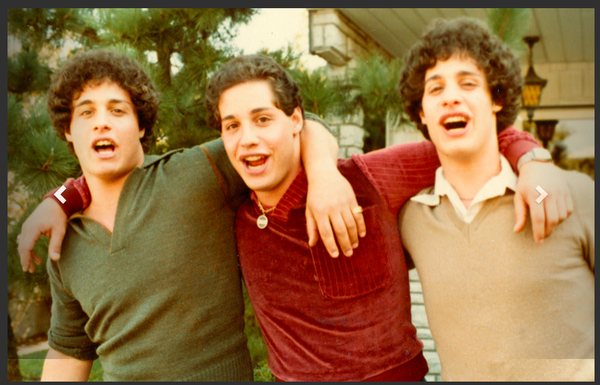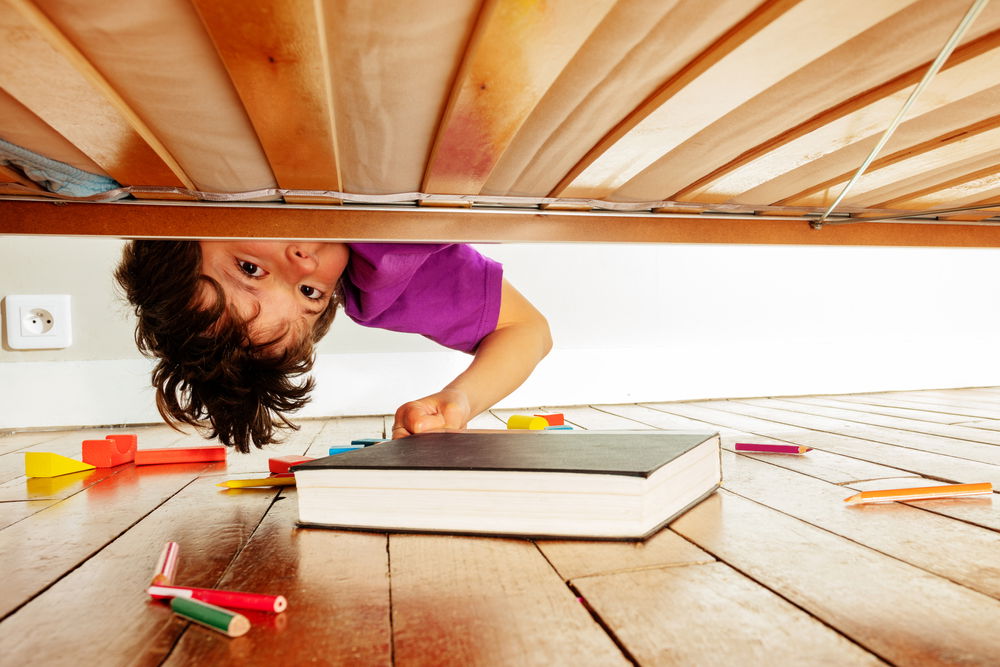Highlights
In the cover article of the latest issue of The Atlantic, Hanna Rosin offers an intriguing look at the tendency of contemporary American parents to over-supervise and overprotect their kids.
As Rosin notes, most parents today perceive that their own childhoods were quite different than the way today’s children are growing up. Childhood today is more structured, more scripted, more sterile, and presumably, safer (more on that presumption later).
In interviews my colleagues and I conducted with 100 parents around the United States, nearly all respondents remember childhoods of nearly unlimited freedom, when they could ride bicycles and wander through woods, streets, and parks unmonitored by their parents. Many parents remember being instructed to “come home when the street lights go on.”
It is difficult to measure or empirically verify change of this nature. Do parents remember their childhoods as they actually were, or do they hold selective memories that now work to reconstruct a nostalgic past that never really existed?
We have a few signals that it may be more than mere nostalgia. Children’s worlds are both contracting and moving indoors. A recent study empirically demonstrates that children today spend most of their time indoors. According to a UCLA study of family life in middle-class homes in the Los Angeles area, 90 percent of children’s leisure time is spent indoors on such activities as TV, video games, and computers.
Children’s worlds are both contracting and moving indoors.
The geographic space in which children are permitted to travel free of adult supervision also appears to be shrinking. One report from the United Kingdom followed four generations of one family in one town, and demonstrated a contracting radius of freedom from the great-grandfather—who as an 8-year-old in 1926 was permitted to walk six miles to a favorite fishing hole—to the 8-year-old son in 2007 who was only allowed to walk by himself to the end of his street, about 300 yards. Rosin’s Atlantic article cites the work of environmental psychologist Roger Hart , who studies the “geography of children” and likewise notes increasing limitations on children’s freedom to roam.
Our interviews revealed these trends as well. Eric, a white father in his forties who lives in a large suburban subdivision, remembers being “out of the house from morning till night” when he was a kid. But when asked about the freedom he gives to his 8-year-old daughter, he said “It’s very different. I would never—[she’s] never out front by herself. Ever!”
Another dad remembers jumping on his bike and going wherever—as far as he could pedal and still “get back in time for dinner,” but he says he “can’t imagine that now. I can’t imagine ever letting my kids go off on their own.”
But why? Why can’t parents imagine giving their own children the kind of freedom they experienced as kids?
For one, parents today perceive the world to be much more dangerous than it was thirty or forty years ago. Of course, the media drives much of this perception, and parents realize that. As one mother said, “I think the media—you hear about these awful stories about what happens to children, and those things just really are haunting to parents, and definitely influence how much freedom you give your children.” But these media-induced perceptions do not always match reality.
Crime rates in the U.S. have been flat or declining in recent decades. According to the Uniform Crime Rate, violent crime has dropped to 1972 levels, and the murder rate is now lower than it was in 1965. Crimes against children are more difficult to measure. Incidents of “substantiated child maltreatment” are declining. Between 1992 and 2010, the prevalence of sexual abuse fell by 62 percent, physical abuse fell 56 percent and neglect fell 10 percent. Although child abduction rates are complex and difficult to track, they also appear to be in decline in recent decades.
Nevertheless, the human imagination is a powerful force, and perceptions have a way of structuring the parameters of social life and interactions. As the pioneering sociologist William I. Thomas famously said, in a 1928 book he coauthored called The Child in America, “If men define situations as real, they are real in their consequences.”
The same parents that won’t let their child out of their sight want her to be independent and to think for herself.
There’s an irony in parents’ flawed perceptions, and their very real consequences: at the same time parents significantly limit the freedom and autonomy of their kids, they also want their kids to “think for themselves” and be independent. The same parents that won’t let their child out of their sight want her to be independent, make her own decisions, and think for herself. Parents value autonomy and independence, but they’re reluctant and frightened to give much of it.
It’s not that parents are unaware of this contradiction. They observe a “real culture for overprotecting kids,” as one mother put it, and many weren’t entirely comfortable with it, but most felt powerless to do anything about it.
Parents are bothered by the changing nature of childhood—they feel it was “better” to have more freedom and independence; they think their children are missing out on important formative experiences. But very few parents can even imagine giving their own children that freedom. Ironically, parents today both lament a world gone by and actively participate in the construction of a new world of constant monitoring and control.
Jeffrey S. Dill teaches in the Templeton Honors College at Eastern University in St. David’s, Pennsylvania.















